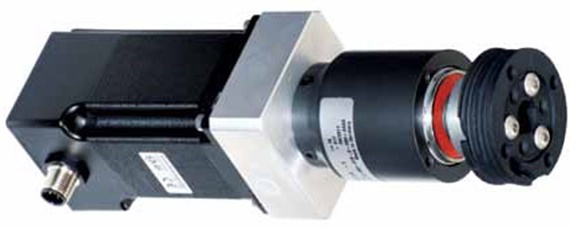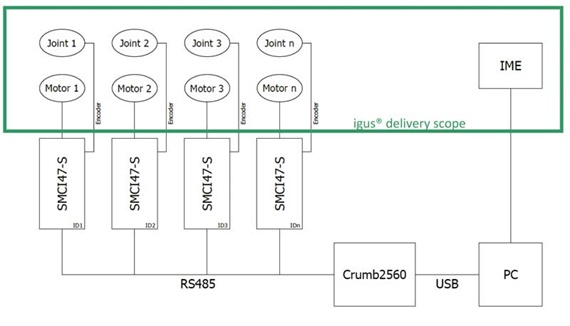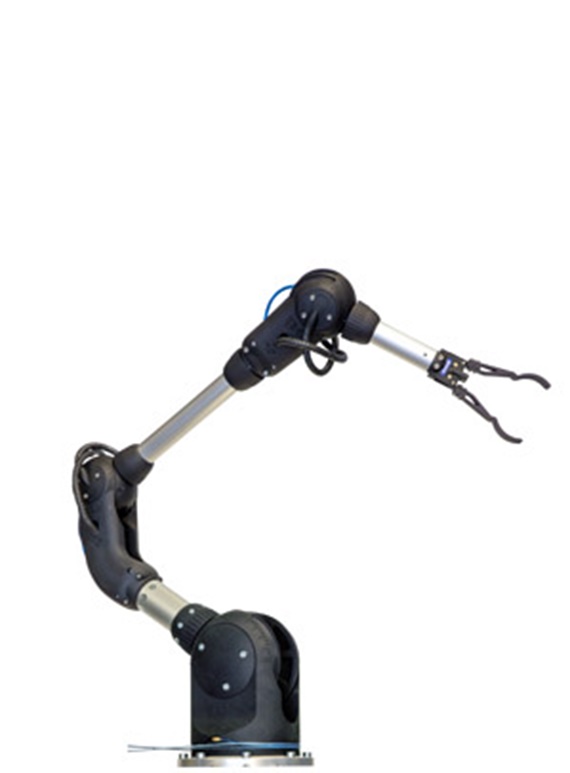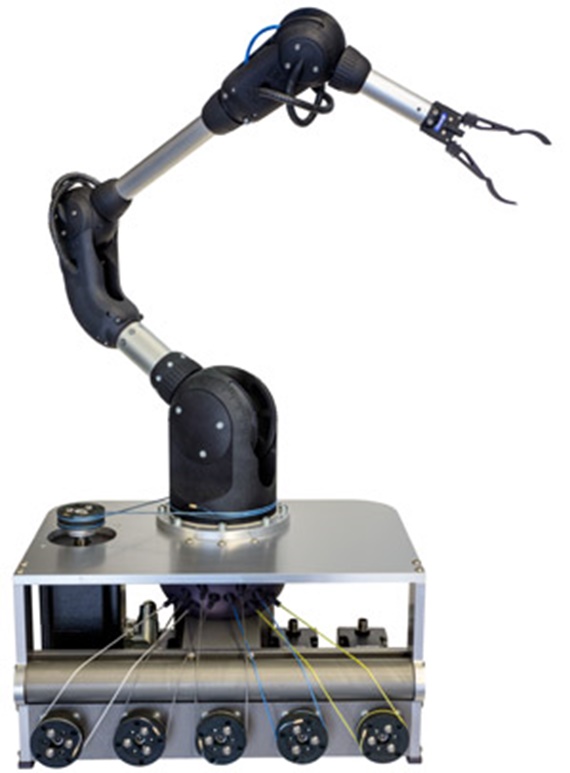After selection of your ZIP code, we designate the relevant staff to attend to you at once.
After selection of your ZIP code, we designate the relevant staff to attend to you at once.
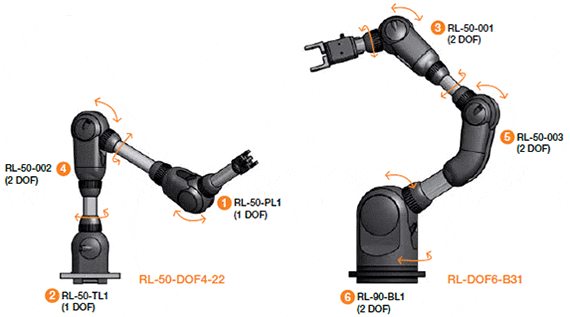
| Order number | Number Cables |
Pivot angle |
Angle of rotation |
Weight | Max. load | ||||
|---|---|---|---|---|---|---|---|---|---|
| Own drive |
Possible lead- through |
Standard (with stop dog) |
Option (*without stop dog) |
Standard (with stop dog) |
Option (*without stop dog) |
[gr] | Pivoting [Nm] |
Rotating [Nm] |
|
| 1. Pivot joint RL-50-PL1 |
2 | 4 | 180° (±90°) | 210° (±105°) |
- | - | 235 | 12 | - |
| 2. Rotating joint RL-50-TL1 |
2 | 8 | - | - | 340° (±170°) |
540° (±270°) |
245 | - | 5 |
3. 2-axis |
4 | 4 | 180° (±90°) |
210° (±105°) |
340° (±170°) |
540° (±270°) |
345 | 12 | 5 |
4. 2-axis |
4 | 4 | 180° (+130°/-50°) |
240° (+135°/-105°) |
340° (±170°) |
540° (±270°) |
345 | 12 | 5 |
| 5. 2-axis joint RL-50-003 |
4 | 4 | 180 ° (+180°/0°) |
235° (+180°/-55°) |
340° (±170°) |
540° (±270°) |
400 | 12 | 5 |
| 6. Basic joint RL-90-BL1 |
4 | 8 | 180° (±90°) |
190° (±95°) |
180° (±90°) |
- | 1250 | 20 | 10 |
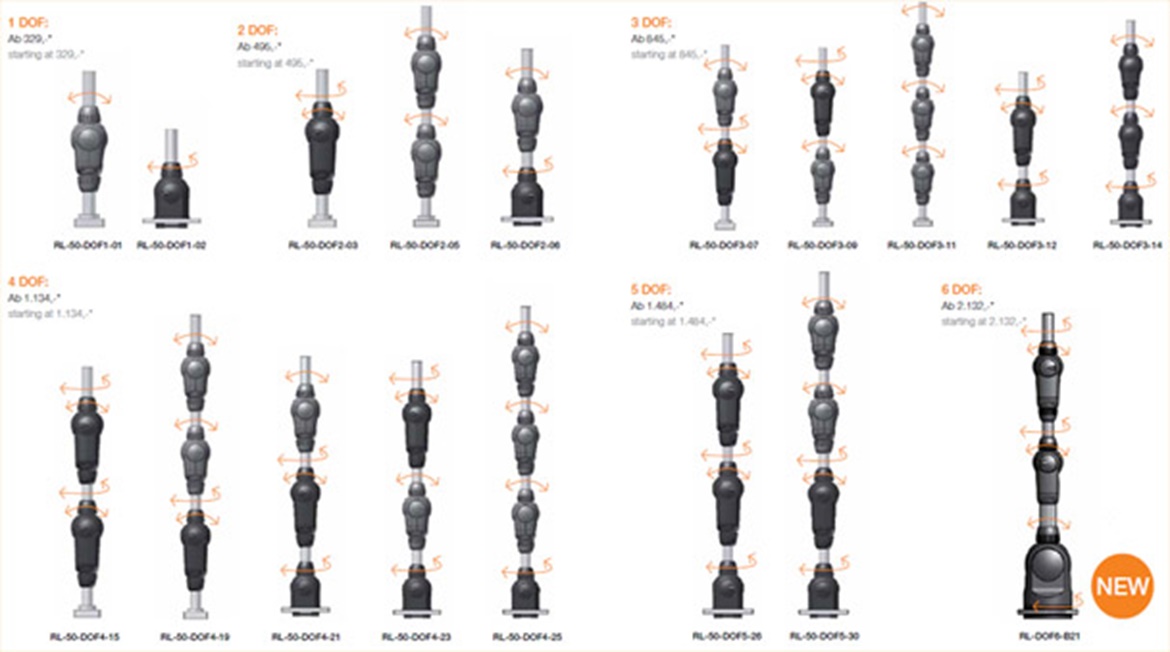
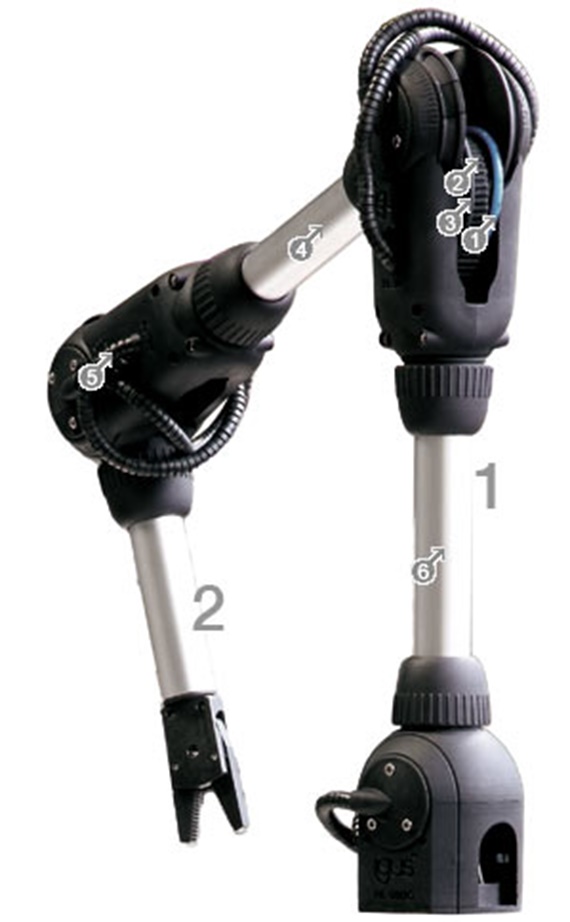
Pneumatic hose (gripper)
2Quadruple Bowden cable
3Sensor cable - joint 2
44 wires move freely in the tub
5Single Bowden cable for rotation
68 wires move freely in the tub
Assembled joint made of plastic (PA 2200), incl. bearing locations (hard-anodised aluminium = Standard)
Dyneema wires
Aluminium rods (Standard = 100 mm included in each case, special lengths upon request)
Angle sensors as option (-WS), 3 m sensor wire, fitted and tested. Wire nipples as connecting material free of charge as agreed on with customer.
All joints preassembled in accordance with point 7)
All wires taken through with special Bowden cable segments in accordance with point 5)
Aluminium tubes between the joints, customised according to customer wishes
Mounting plate at the base of the arm
Sensor wires taken through (option -WS), 3 m sensor wire fitted and tested in each case. Wire nipples as connecting material free of charge as agreed on with customer.
igus® stepper motors, number corresponding to the number of axes of the arm
Planetary gearbox for each motor
"Drive wheel" for connection of the wires to the drive
"Tensioning tool" for easy re-tensioning of the drive wheels
Different versions of the housing in which the motors are fitted and on which the arm is mounted are available
Gripper (optionally available from igus®, other products also adaptable)
Control components
Motor cables (optionally available from igus®)
4,640 signals / 360° in the case of all rotational movements of joint size RL-50
(29 pole pairs x 160 signal / pole pair) ≈ 0.078°
4,960 signals / 360° in the case of all pivoting movements of joint size RL-50
(31 pole pairs x 160 signals / pole pair) ≈ 0.073°
9,920 signals / 360° in the case of all movements of joint size RL-90 ("Base")
(62 pole pairs x 160 signals / pole pair) ≈ 0.036
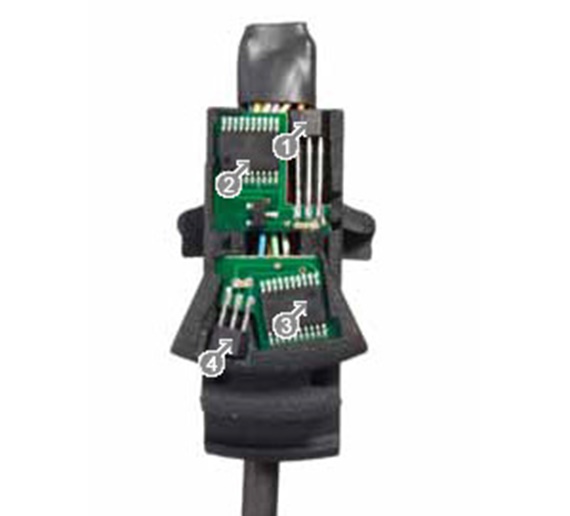
Hall sensor for rotating motion
2Encoder for rotating movement
3Encoder for pivoting movement
4Hall sensor for rotating motion
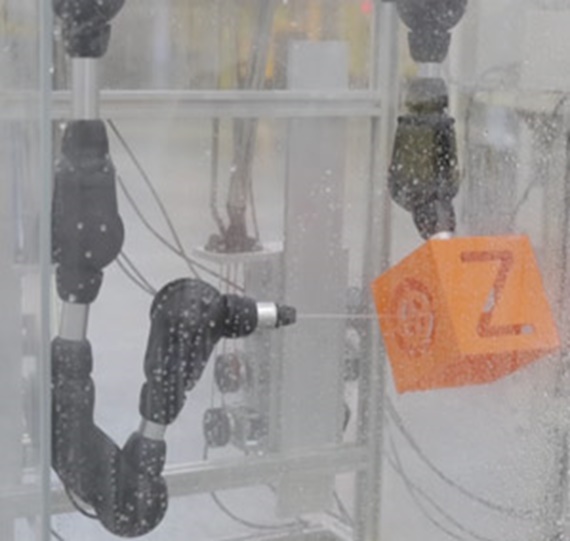
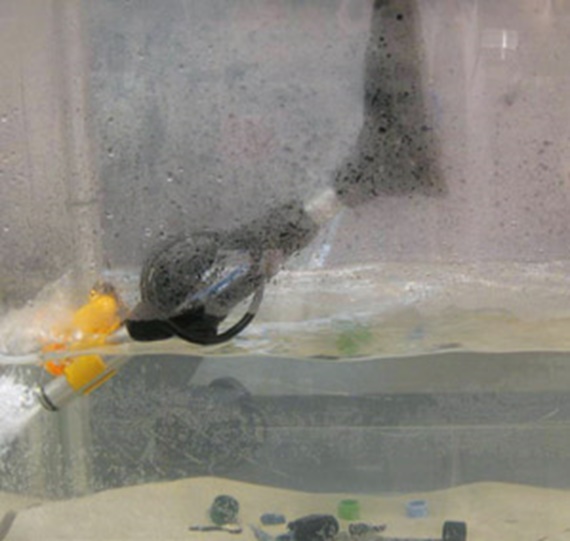
Stepper motor
2Planetary gearbox
3Tensionable drive wheel
